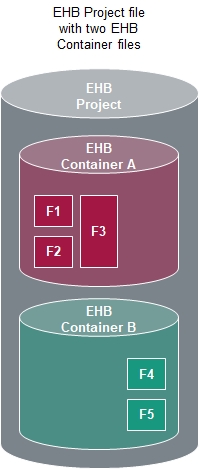Fundamental Concepts of ECU Software
The ETAS EHANDBOOK solution is based on a set of fundamental concepts for how to capture how an ECU software works.
The building blocks of ECU software (or: the notion of functions in EHANDBOOK)
The application software of an electronic control unit (ECU) typically consists of a set of software components or functions which are connected to each other through input and output signals. In EHANDBOOK, these entities are generically called functions.
Functions have an interface description which is constituted by a set of input and output signals.
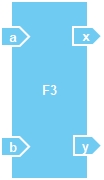
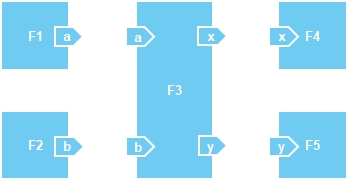
Two functions communicate with each other when one function A writes a signal of name X and another function B reads a signal of name X (name-based communication). This is also referred to as name-based communication.
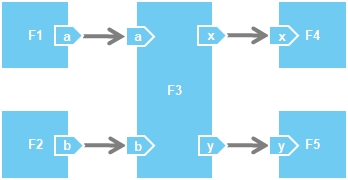
Functions can be contributed by different providers. Such providers can be automotive supplier’s (typically referred to as Tier-1’s) or software development departments within a vehicle manufactuer (typically referred to as OEM).
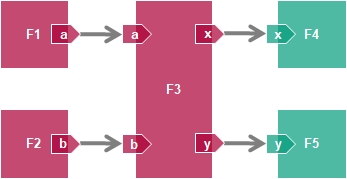
Capturing knowledge about ECU software in EHANDBOOK Container files
The knowledge about how an ECU software works in detail can be captured in EHANDBOOK Container files. An EHANDBOOK Container contains zero, one or multiple functions
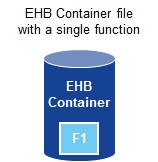

EHANDBOOK-NAVIGATOR can load and combine data from multiple EHANDBOOK Containers files.
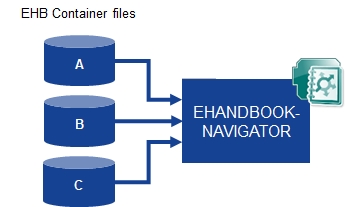
Multiple EHANDBOOK Container files can be aggregated to an EHANDBOOK project file.
